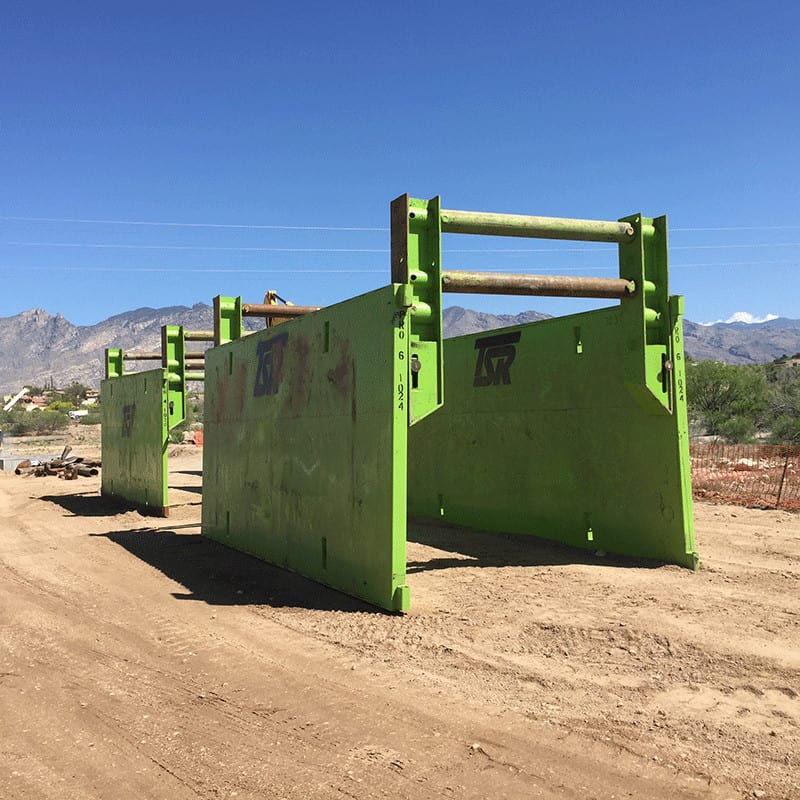Many constructions and engineering sites need trench-digging. They are used to install telephone lines and pipes. Because of the heavy moisture content in the soil, trenching is often a tedious job. This is due to the fact that it is difficult to not just remove dirt and debris from the surrounding objects, but also to guarantee security as you may cause serious injuries if you accidently expose your skin.
Trench boxes are required for all repairs or construction that requires accessing the ground. Trench boxes can also be utilized to guard against collapse depending on the soil’s characteristics and the thickness of the soil. They are made of steel and aluminum framing that is used temporarily to hold it in place while excavation occurs within them. In the end, grout is placed to two layers to prevent cracks from forming at the level of the site.

Pre Installation
Before you dig, it is crucial to know the possible dangers. This includes knowing the equipment that is required and how many people are able to access it. It also allows you to contemplate other ways of completing the task without placing your life at risk. Before excavation surveys should include a full risk assessment to ensure that all potential hazards are easily recognized. This can help to avoid unexpected complications down the line.
You should also be aware of the depth of your trench. If you’re working with 5 feet wide strips and you need support, either sloping or shoring will be required based on how large it becomes. However, if your 20-foot deep hole requires additional engineering design, because there aren’t any straight sides at either end, this implies that any structure above the ground needs to be able to account for an increased chance of foundation movement that is directly to the excavation site.
A ladder, steps or ramp should be used to gain access to the trench. It must be secure access within 25 feet of the workers whenever an emergency arises and it might be necessary to test for toxic or low oxygen levels gasses using specially designed boxes called “trench boxes.” These articulated devices make installation easy; however they increase the risk of stacking them over one another since you don’t know the height at which your pile will penetrate their vulnerable bottom.
Care For the trench
1. It is recommended to inspect your trench box and the supporting structure daily for signs of damage or movement.
2. Always ensure that protective gear is used by every employee working on-site.
3. Equipment and tools that are heavy should be placed at least three feet from the edge of the trench.
Extraction
Because the earth around the trench box is moving, it is more difficult to install than it is to get it removed. Chain slings are a good option for extraction and three different methods can assist you in this regard, one of which is employing an overhead crane.
1. Straight Pull: This is the simplest. Attach your sling to the two points and pull out. There is no need for excess force or unneeded movement.
2. Half Pull Attach the half-pull at one end of the trench box, and then lift it as far as you can before moving forward. This should allow you to remove any debris or dirt from inside without doing any damage to your yard.
3. Single Pull: To relocate the trench box you simply attach a single leg of chain slings to an lifting or extraction point and then raise each panel in turn. When it’s time for removal but you’ll need to use your favorite pull.
For more information, click shoring boxes